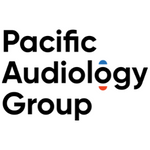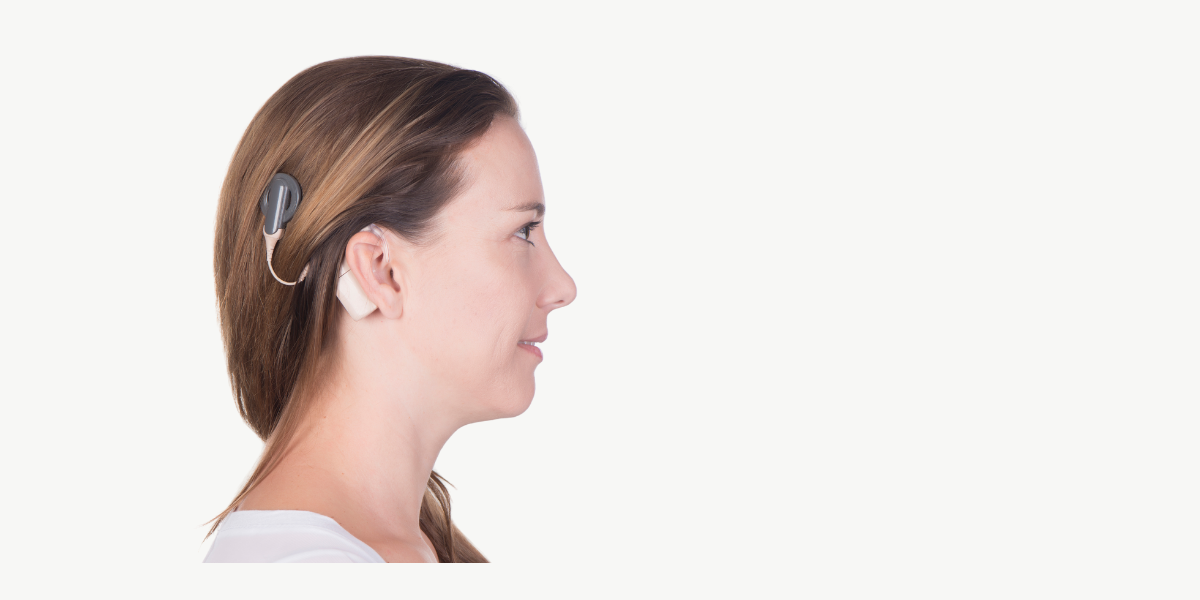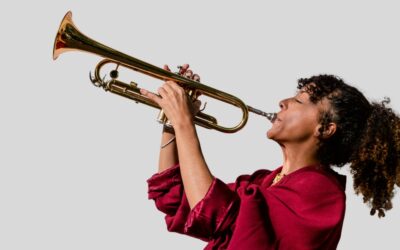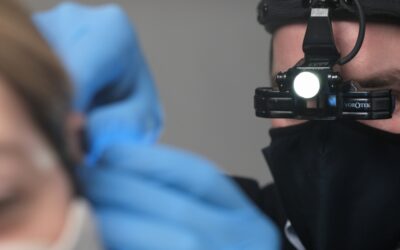As hearing healthcare professionals we all strive to help people hear. We are taught how to prescribe, fit, and verify hearing aids for various hearing loss configurations. Yet most often we are dealing with sensorineural hearing loss (SNHL), in which recommending and fitting hearing aids can be pretty straightforward. It can be easy to forget that not every patient is best served with conventional hearing aid technology. Think about those hearing aid users maxing out their ultra power hearing aids, those with constant fluid/drainage, inconsistent hearing aid use, or those unsatisfied with CROS systems.
There is a population of patients whose hearing experience has been limited by conventional hearing aids, whether it be with respect to physical fit or gain restrictions. In those situations, we must ask ourselves, what can we do when hearing aids aren’t enough? Or aren’t appropriate? And then remember that we have additional – and potentially life-changing – tools in our arsenal as clinicians. Hearing loss comes in many different shapes and sizes, so we need to ensure that our treatment options do too!

Cochlear Implants (CI)
For hearing aid patients who continue to underperform with maximum amplification, it may be time to consider referring them for a cochlear implant evaluation. Your patient may be eligible for a cochlear implant if they have:
- A moderate to profound SNHL (unilateral or bilateral)
- Limited benefit from optimally fit hearing aids
- ≤ 50% Word Recognition Score with headphones at comfortable level or 40dBHL + SRT
Other important patient considerations:
- No medical contraindications (evaluated by ENT or at CI center)
- Realistic expectations and a strong motivation to improve their hearing experience
The CI centre will ultimately determine CI candidacy. However, we still encourage you to visit your local CI program’s website to understand any specific requirements in your province.

Bone Anchored Hearing System (BAHS)
For patients with conductive or mixed hearing loss, single-sided deafness, or those with contraindications to wearing conventional technology (i.e. stenotic canals, drainage, sensitivity to earmolds, skin irritations/allergies, etc.), a BAHS should be considered. The main candidacy requirement for a patient to be fit with a BAHS (like the Ponto System from Oticon Medical) is that the patient must have:
- Bone conduction thresholds, on average, no worse than 65 dB HL (PTA at 500Hz, 1000Hz, 2000Hz, 3000Hz < 65 dB HL)
The literature suggests that if a patient’s air-bone gap is greater than 30dB HL, they will perform better with a BAHS compared to conventional hearing aids.
A BAHS should also be considered for patients struggling with their CROS system, and for those unwilling to wear two devices.
Want to Learn More?
There are several resources available to help you better understand the options. Becausesoundmatters.ca is a blog with helpful information for clinicians and end-users about hearing implant technology and candidacy. Implant manufacturer websites have a ton of product-specific information as well. Furthermore, a call to your preferred implant manufacturer can connect you with a representative who will be happy to update you on the latest product options and consult with you on complex cases.
In order to help more people hear better, we must empower ourselves with the knowledge and confidence to recommend a BAHS or to refer for a Cochlear Implant evaluation where appropriate. Happy recommending!
Reference
Mylanus, E. A., van der Pouw, K. C., Snik, A. F., & Cremers, C. W. (1998). Intraindividual comparison of the bone-anchored hearing aid and air-conduction hearing aids. Archives of otolaryngology–head & neck surgery, 124(3), 271–276. https://doi.org/10.1001/archotol.124.3.271





